Undead
"Death is not the end..."
ZOMBIE VIRUS
Once bitten by a zombie carrying the zombie virus, you must make a DC 13 Constitution saving throw or be infected. When infected, you must make a DC 13 Constitution saving throw every hour or take 3 (1d6) necrotic damage. The damage increases by 3 (1d6) for each saving throw you have made against the disease, to a maximum of 24 (7d6). This damage lowers your hit point maximum by an amount equal to the damage taken. If the disease is treated, you will regain your missing hit point maximum, but should your hit point maximum be reduced to 0, you will die and be reanimated as a zombie carrying the disease.UNDEAD AS PLAYER CHARACTERS
Though unorthodox, it is possible for a player to run a character who has returned from the dead. Instead of being a race unto themselves, however, the "undead" status is instead a template added to the racial characteristics of the existing species archetype. In all cases, undead PCs must be of the greater undead classification, in other words... intelligent undead. In most cases, undead PCs retain the majority of the racial abilities they enjoyed in life. New features, both beneficial and detrimental, are in turn added to their racial characteristics. In most cases, and at the DM's discretion, virulent undead may never be virulent. Virulent undead are typically unintelligent zombies.UNDEAD STATUS ABILITIES: BENEFITS
*This section also includes effects that may be considered neutral in relation to their value. Undead Nature. Your creature type is now "undead" for the purpose of status and spell effects. Further, you no longer require air, food, drink or sleep. Undead Immunity. You are immune to the effects of the spells Antilife Shell, Blight, Command, Hold Monster, Phantasmal Force, and Sleep. You are also immune to Poison Damage and the "Poisoned" Condition. Finally, you are immune to the "Exhausted" Condition. Damage Resistance. You have resistance to Necrotic Damage. Turn Resistance. You have advantage on saving throws against any effect that turns undead. Unholy Stance. You have an advantage when standing on desecrated ground. Undead Fortitude. If damage reduces you to 0 hit points, you must make a Constitution saving throw with a DC of 5 + the damage taken, unless the damage is radiant or from a critical hit. On a success, you drop to 1 hit point instead.UNDEAD STATUS ABILITIES: DETRIMENTS
Healing Impaired. The majority of healing spells (among them the most frequent ones, Healing Word and Cure Wounds) don't affect the undead. You may only be healed by certain Restoration or Mend spells, at the DM's discretion. The DM may also rule that standard healing spells indeed work, but only restore half their normal hit points. Though undead do not require rest, they may spend Hit Dice to restore hit points (as normal) but only in conjunction with a Healing Kit (simulating an improvised "mending" with bandages, etc.). They also regain spent hit dice after a "long rest" (assumedly spent mending themselves with said Healing Kit). Rot of Ages. Without proper preservative magic (or chemicals), your body begins to decay at a rate of 1 point of Constitution per week. This loss cannot be restored without either Greater Restoration or a Wish spell. A Lesser Restoration spell stops Constitution loss for one week, but does not restore Ability Score losses. A Greater Restoration spell fully restores lost Constitution and staves off additional rot for one month (after which the rotting process begins anew). A Wish spell can permanently preserve an undead PC. Undead PCs may be affected by Aid or Mend spells, staving off additional rot for one week per casting. Damage Vulnerability. You are vulnerable to Radiant Damage. Additionally, you are damaged by Holy Water.Basic Information
Anatomy
Genetics and Reproduction
Growth Rate & Stages
Dietary Needs and Habits
Biological Cycle
Additional Information
Social Structure
Domestication
Geographic Origin and Distribution
Average Intelligence
Perception and Sensory Capabilities
Civilization and Culture
Naming Traditions
Beauty Ideals
Relationship Ideals
Common Taboos
Interspecies Relations and Assumptions
Remove these ads. Join the Worldbuilders Guild

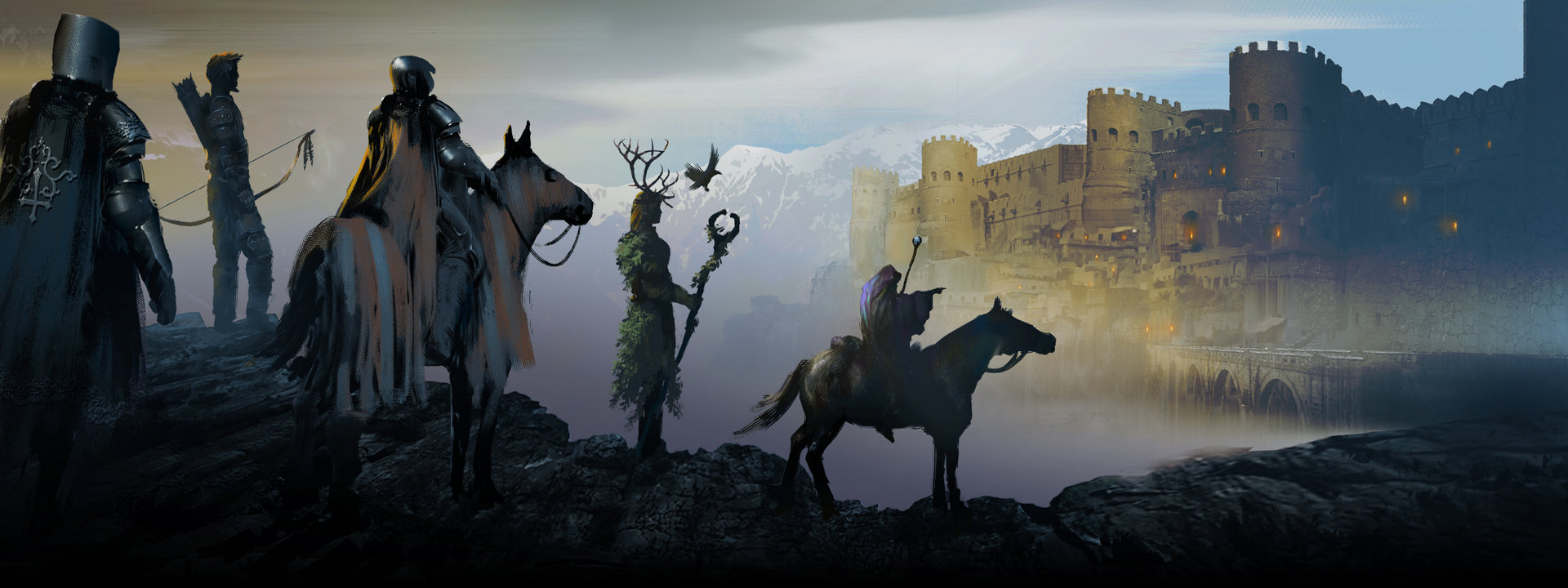
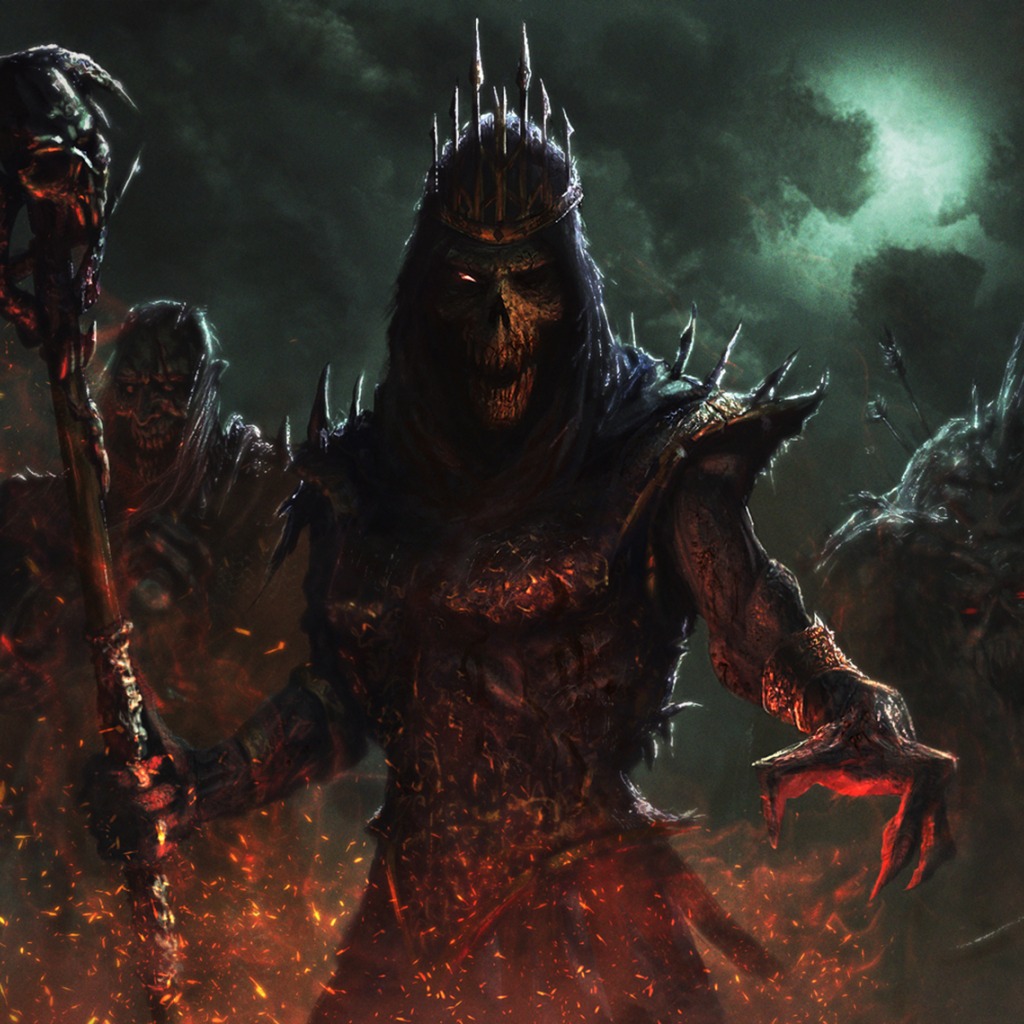
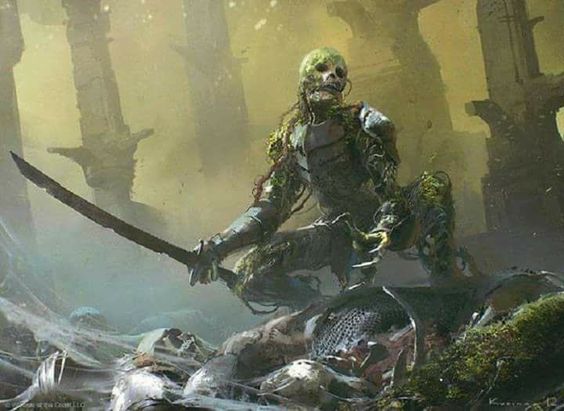
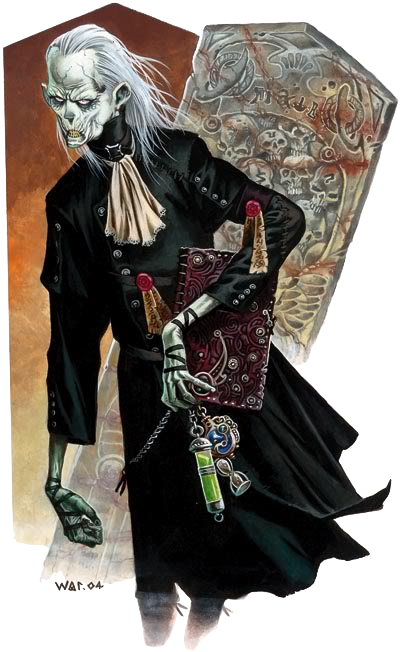
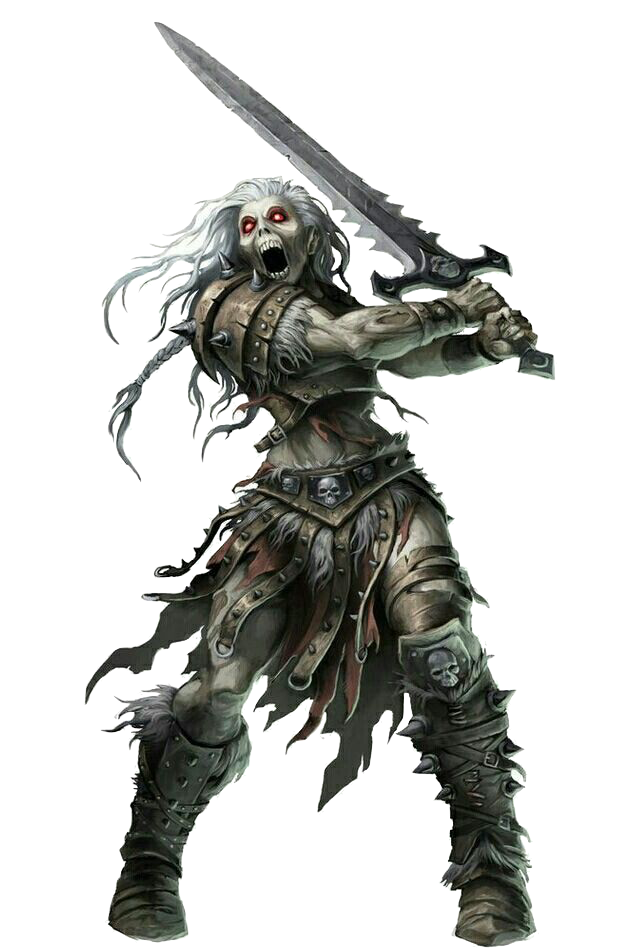
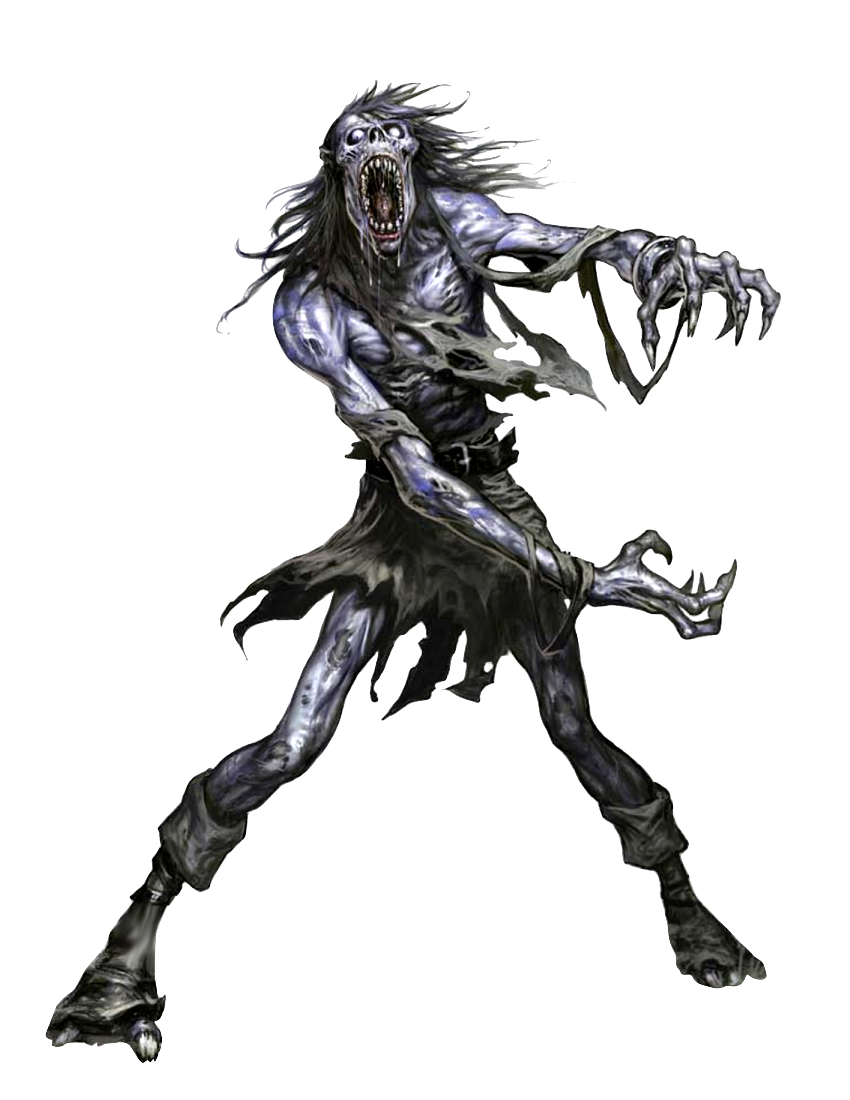

Comments